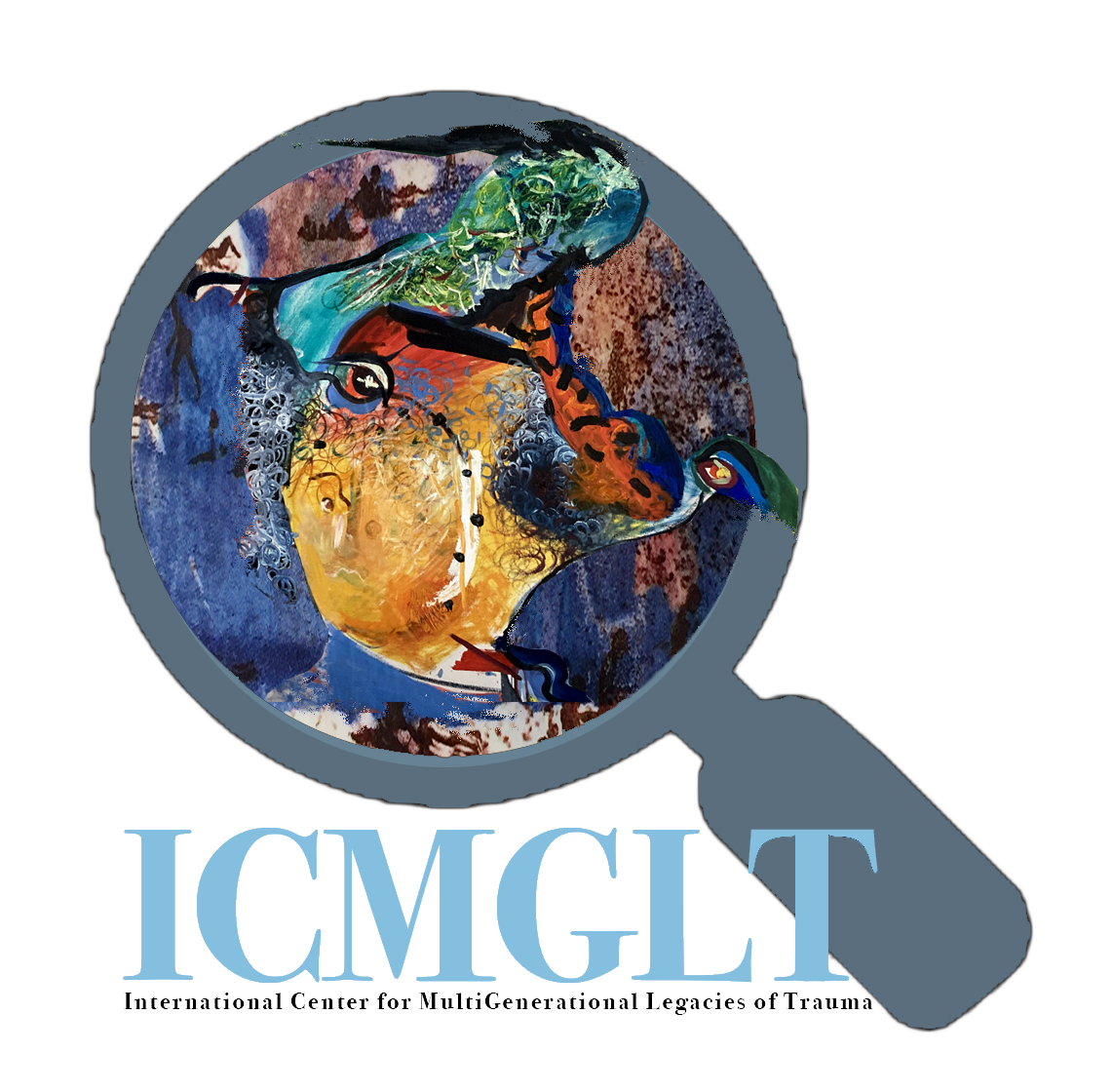Kuzirian, K. (2012). Secondary trauma effects of the Armenian genocide on subsequent generations: Perceived impact, ethnic identity, and attachment style. Alliant International University.
Abstract
This study tested hypotheses concerning the impact of the Armenian Genocide on adult outcomes in a sample of individuals (N=30) identified as Armenian-American, who had at least one relative survivor of the Armenian Genocide. Perceived impact of the Genocide on Armenian culture, Armenian ethnic identity and romantic attachment anxiety and avoidance were examined as predictors of secondary trauma symptoms. Ethnic identity and attachment were also evaluated as potential moderators of the effect of perceived impact of the Genocide on secondary trauma symptoms.
Contrary to hypotheses, secondary trauma symptoms were not significantly predicted by perceived impact of the Genocide in the current sample. This means that perceiving the Genocide as impactful to the culture does not necessarily translate into impact on personal adaptation. However, Armenian ethnic identity both directly predicted trauma symptoms, and moderated the effect of perceived impact on secondary trauma symptoms. Therefore, individuals who perceived the Genocide as impactful to the culture were more likely to report trauma symptoms based on a relative’s experience of the Genocide if they were also highly identified with Armenian culture.

